
views
Stopping the Theft
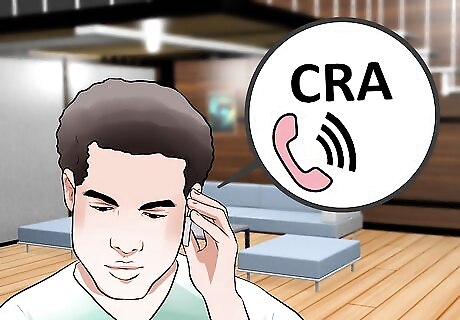
Call the national credit reporting agencies (CRAs). Once you realize that you have been the victim of identity theft, you should immediately contact one of the three national CRAs and ask for an initial fraud alert to be put in place. This alert is good for 90 days. The fraud alert is a notation in your credit report. It tells creditors to call a certain number before opening a new account. In this way, if the identity thief tries to open a new credit account, you will receive notice since most creditors will not extend credit without first seeing someone’s credit history. There is no charge to put a fraud alert in place. You only need to call one CRA to put the initial fraud alert in place. That CRA will then contact the others. Call one of the following numbers: Equifax: 1-888-766-0008 Experian: 1-888-397-3742 TransUnion: 1-800-680-7289
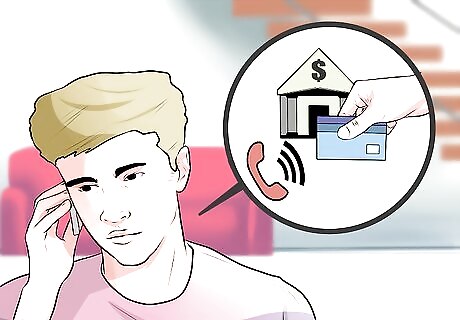
Call your credit card company. You should call your credit card companies and request that your accounts be closed. Find the number on your most recent card statement. So long as you report the theft, the maximum you can be liable for in fraudulent charges on any single card is $50.

Contact your bank. The identity thief may have gained access to your bank account. You should immediately report the theft. The longer you wait, the more money you could be on the hook for. For example, if you report your debit card as stolen before the charge is made, then you will not be liable for the charge. However, if the charge is made within two days before you report, then your maximum liability is $50. Should you wait longer to report the theft, then your liability increases. You will be liable for up to $500 in unauthorized charges if you wait more than two but less than 60 days. After 60 days, you are responsible for all fraudulent charges.
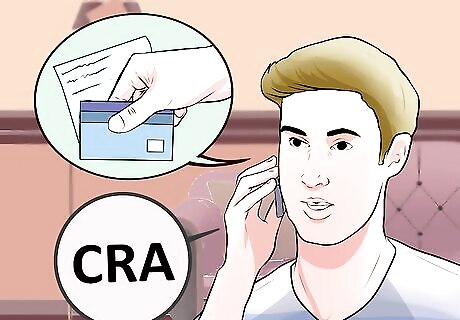
Request credit reports. If you are the victim of identity theft, then you are entitled to a free credit report from each of the three CRAs. Do not contact the credit reporting agencies directly. Instead, you can get your free credit reports in the following ways: Visit the website annualcreditreport.com and provide the requested information. You should gain immediate access to your report. Call 1-877-322-8228 to request your report. It will be mailed to you. Write a letter and mail it to Annual Credit Report Requesting Service, P.O. Box 105281, Atlanta, GA 30348-5281. You can complete and mail the FTC’s Request Form available at http://www.consumer.ftc.gov/articles/pdf-0093-annual-report-request-form.pdf. Keep a copy of the form for your records.

Ask for copies of medical records. Identity thieves also use stolen identities to get medical care. A thief can use your health insurance or use your identity to get prescription drugs. You want your medical history to be accurate, as it can impact the amount you pay in insurance as well as the care that you receive. You should request a copy of your medical records from each health care provider that you have visited. Make sure to call any doctor who wrote a prescription for the identity thief. You should also call the pharmacy and request information they have about the prescription or the identity of the thief. You have a federal right to access your medical records though your provider can charge for copies.
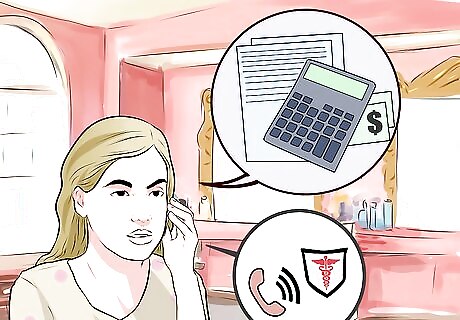
Request an “accounting” from medical providers. Call your health insurance company and doctor to ask for an “accounting of disclosures.” An accounting will list the entities that have been sent a copy of your medical history or record. You are entitled to a free “accounting of disclosures” each year, which should include: the entity which was sent the medical information the information sent the date the information was sent the reason for sharing the information
Reporting the Theft

Report the theft to the FTC. The Federal Trade Commission collects information on identity theft and has created a website (www.IdentityTheft.org) with helpful information and resources. You should report the theft by using their Complaint Assistant. Visit www.ftc.gov/complaint and answer the questions on every screen. Double check to make sure that you entered the information accurately. When you are finished, you can print out a copy of the Identity Theft Affidavit. You should also write down your complaint number.

Call the police. You should call the police non-emergency number and report the identity theft. You may be asked to come into the station and fill out paperwork. Be sure to bring your copy of your Identity Theft Affidavit. Also make sure to get a copy of your police report before leaving the station. You will need a copy of the police report; it serves as proof of the fraud. You may need to mail copies to credit card companies as well as the national CRAs.

Contact the IRS, if necessary. Identity thieves can attempt to get your tax refund by filing a false tax return in your name. If you are worried that this might happen, then you should call the Internal Revenue Service and report the theft of your identity. To reach the IRS, call 1-800-829-0433.
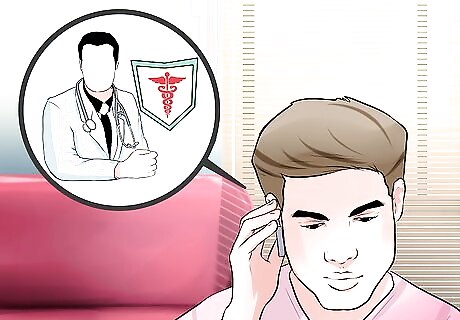
Call relevant medical providers. Go over your “accounting of disclosures” and identify any medical providers that have requested your information. If a doctor you have never used has requested your medical history from your current doctor, then a thief may be using your identity. Likewise, if someone has procured a prescription in your name or is using your health insurance, then you should immediately contact the pharmacy and doctors’ offices. Also contact your health insurance company. Call first. You should report that someone is using your identity illegally. Once you receive your police report, then you can follow up with a letter. Send a letter certified mail, return receipt requested to all doctors, hospitals, pharmacists, or other medical providers who have provided services to the thief. Tell them you have been the victim of identity theft and to stop providing services to anyone using your identity.
Repairing Your Credit Score

Set up a filing system. To repair your credit score, you will need to send many letters and make countless phone calls. Accordingly, you need to be organized so that you will remember who you have spoken to and what was said. Ideally, you should set up a basic filing system. The system should have a folder for any letters from your bank, credit card company, or credit reporting agency. You should keep copies of any letter you send to these entities as well. Also create a call log in which you note the day and time of any conversation, as well as who you spoke with. Also keep notes of the substance of the conversation. Mail all letters certified mail, return receipt requested. Staple the receipt to your copy of the letter so that you will quickly know when the letter was received.
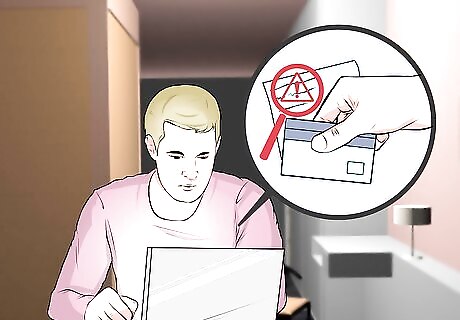
Dispute new accounts. You should go through your credit report and find new credit accounts that were opened in your name. You will want to have these closed (since you didn’t open them). To get them closed, you should contact the CRAs, who will contact the creditor and investigate. You only need to contact one CRA for each account. The CRA will then contact the creditor to investigate. If the creditor cannot validate the account information, it will be closed. You can dispute any erroneous information on your credit report by using the CRAs’ online dispute systems. You can find them by visiting each CRA’s website. At the Equifax website, click on the tab that reads “Credit Report Assistance.” Then select “Dispute info on credit report.” At the Experian website, you should click on the “Credit Report Assistance” heading. Then click “Disputes.” At TransUnion’s website, you should click on the “Credit Reports, Disputes, Alerts & Freezes” tab at the top of their homepage. Then click on “Credit Report Disputes.” For extra tips, see Dispute Credit Report Errors.

Challenge any collection accounts. If the theft has been going on for some time, then the thief might have racked up some bills, which undoubtedly have gone unpaid. Any unpaid account could be in collections. You will want to challenge collection accounts in much the same way that you challenge all other erroneous information on your credit report. For more information, see Dispute a Collection Account.

Clean up your medical records as well. You also want accurate medical records. The thief might have used your insurance or procured prescription drugs using your name. Unless you have the information removed, future medical providers will assume you have received these treatments or prescription drugs. You need to request that medical providers correct inaccurate information in your medical records. Send a letter. Mention what information is incorrect and attach a copy of the medical record with the inaccurate information highlighted. For example, you can write, “After studying the medical records you provided, I see that an identity thief called you to request a prescription for codeine. I did not request the prescription. You can search your records to see that you did not confirm the identity of the person calling. Please remove this inaccurate information from my medical records.” You should send copies of your police report or FTC Identity Theft Affidavit with the letter. Mail the letter certified mail and get a return receipt.
Protecting Yourself from Future Theft
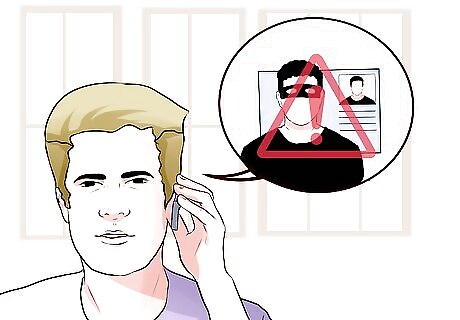
Extend the fraud alert. After the initial 90 day fraud alert expires, you can ask to have an extended alert put on your accounts. The extended alert will last up to seven years. Call the national CRAs to ask about extending the alert. Although you only needed to contact one CRA to get the initial alert put in place, you need to contact all three to have the alert extended. If the CRA wants to see a copy of your police report or your Identity Theft Report, then send a copy.

Change your PINs and passwords. Make sure to change the PIN on your debit card as well as your credit card (if you have a PIN to access cash advances on your credit card). You can contact your bank or the credit card company for information on how to change the PIN. Also change the internet passwords for all financial accounts (such as banks or credit card companies). You should strive to make the new passwords “stronger” and therefore harder to guess or hack. A strong password should not be shorter than eight characters. You should avoid using complete words or names in the password. Make sure that passwords contains lowercase and uppercase letters, numbers, and symbols (such as !).
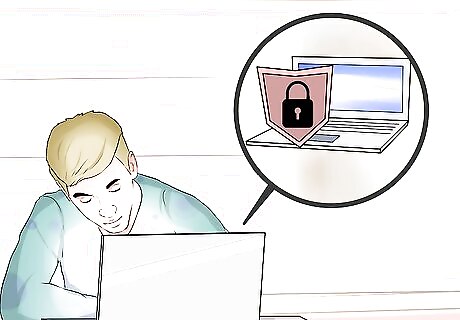
Purchase computer security software. You need to protect your computer from thieves. In particular, malware and spyware can be accidentally installed on your computer, especially if you open an email from an unfamiliar sender. Accordingly, you need to install antivirus and antispyware software for protection. You should purchase professional security software instead of relying on free software available on the Internet. There are many options, with prices reaching several hundred dollars for high-end software. Meanwhile, basic security software can cost around $20.










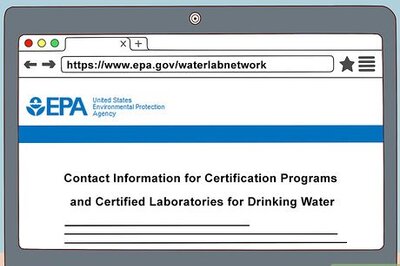








Comments
0 comment